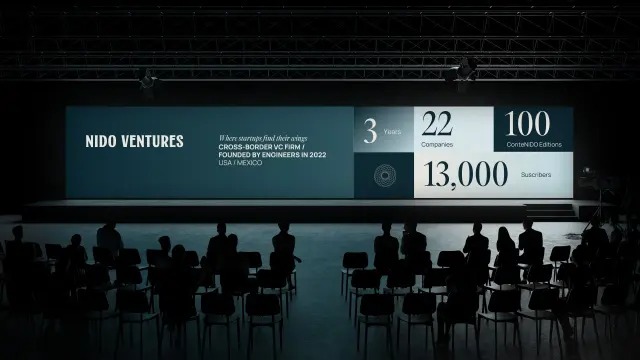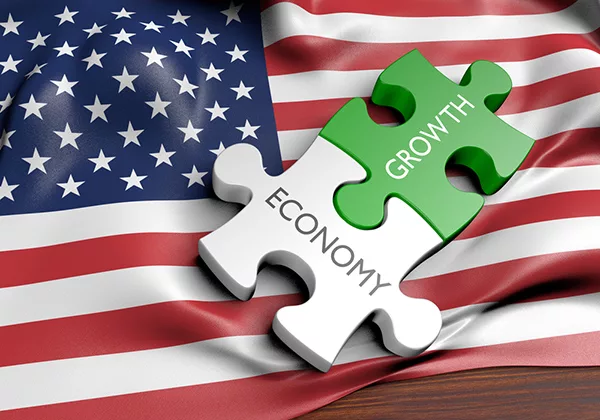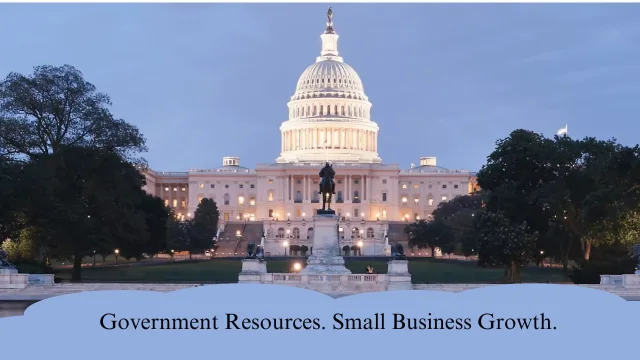AI-powered pair programming tools like GitHub Copilot are transforming software development workflows, boosting productivity and code quality in 2025.
AI Pair Programming Tools Boost Developer Productivity in 2025
In 2025, software development is being dramatically reshaped by artificial intelligence (AI). One of the most transformative innovations is the widespread adoption of AI pair programming tools—digital assistants that help developers write, debug, and optimize code in real time.
Platforms like GitHub Copilot, Amazon CodeWhisperer, Tabnine, and Codeium have matured significantly, offering far more than simple autocomplete suggestions. They are now critical components of the modern software engineering workflow.
How AI Pair Programming Works
AI pair programmers use
machine learning models trained on vast datasets of source code from public repositories. These tools analyze the context of the current file, developer behavior, and even project architecture to provide intelligent suggestions.
Key features include:
-
Code completions and snippets
-
Bug detection and fixes
-
Automated documentation
-
Unit test generation
-
Multi-language support
What once took hours—like writing boilerplate code or refactoring a function—can now be done in minutes.
Productivity Gains Across Teams
According to a 2025 Stack Overflow Developer Survey,
83% of developers who use AI assistants report increased productivity, and
62% say they write better code as a result.
Case Study:
A fintech company reduced backend feature development time by 35% by integrating Copilot into their CI/CD workflows, improving both velocity and code quality across the team.
In agile teams, AI tools also accelerate sprint velocity, reduce backlog delays, and help junior developers learn from suggestions.
Learning Curve Flattened for New Developers
AI pair programming tools have become excellent
mentorship engines for early-career developers. When a new developer writes inefficient or insecure code, the assistant can automatically suggest a more optimized or safer alternative.
This provides instant feedback and lowers onboarding time. Organizations report that developers become effective up to
40% faster thanks to guided suggestions, code comments, and best practice enforcement.
Integration into the Full DevOps Lifecycle
Beyond writing code, modern AI coding tools now integrate with:
-
CI/CD systems to suggest fixes for pipeline failures
-
Testing frameworks to auto-generate or improve test coverage
-
Monitoring tools to recommend code improvements based on runtime metrics
-
Version control to summarize pull requests and changes
The result is a seamless development experience from ideation to deployment, powered by automation.
Challenges and Cautions
While powerful, AI pair programming isn't without concerns:
-
Code security: Tools may suggest insecure or deprecated code snippets.
-
Intellectual property risks: Suggestions based on public code can raise legal questions.
-
Over-reliance: Developers might become too dependent on AI, harming deeper understanding.
Companies are addressing these risks with
governance policies,
tool auditing, and
developer education programs to ensure ethical and secure usage.
Ethical and Legal Considerations
The rise of AI-assisted development has prompted questions around:
-
Who owns code generated by AI?
-
Is reused code potentially violating open-source licenses?
-
How do we ensure bias-free and inclusive code suggestions?
Governments and tech alliances are now working on
regulatory frameworks, while tool vendors introduce features that identify code origins and provide license clarity.
The Future of Coding: Human + AI
By 2025, the role of a software developer is evolving into a
curator of logic,
system designer, and
AI collaborator. Developers are moving up the abstraction ladder—writing less repetitive code and focusing more on architecture, user experience, and system design.
We’re entering a new age where
“writing code” increasingly means
“guiding AI to write good code”.
Conclusion
AI pair programming tools have matured from novelty add-ons to essential developer companions. As these tools become more sophisticated and context-aware, their impact on software development workflows will continue to grow.
In 2025, embracing AI pair programming isn’t just about improving productivity—it’s about staying competitive in a world where
speed, quality, and innovation are critical.






























